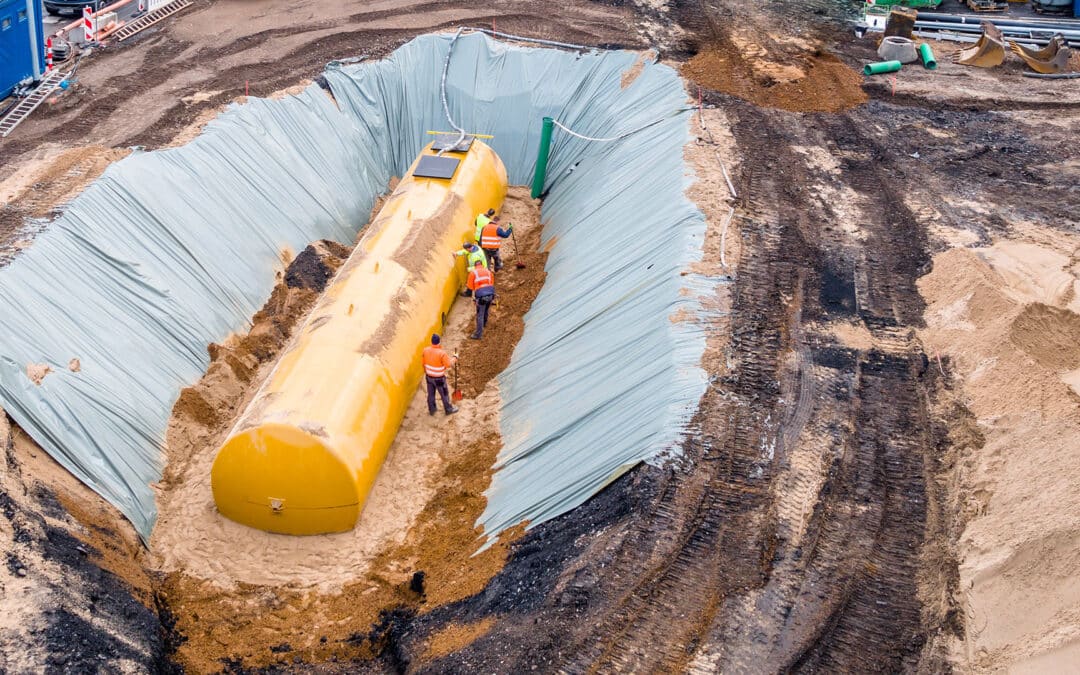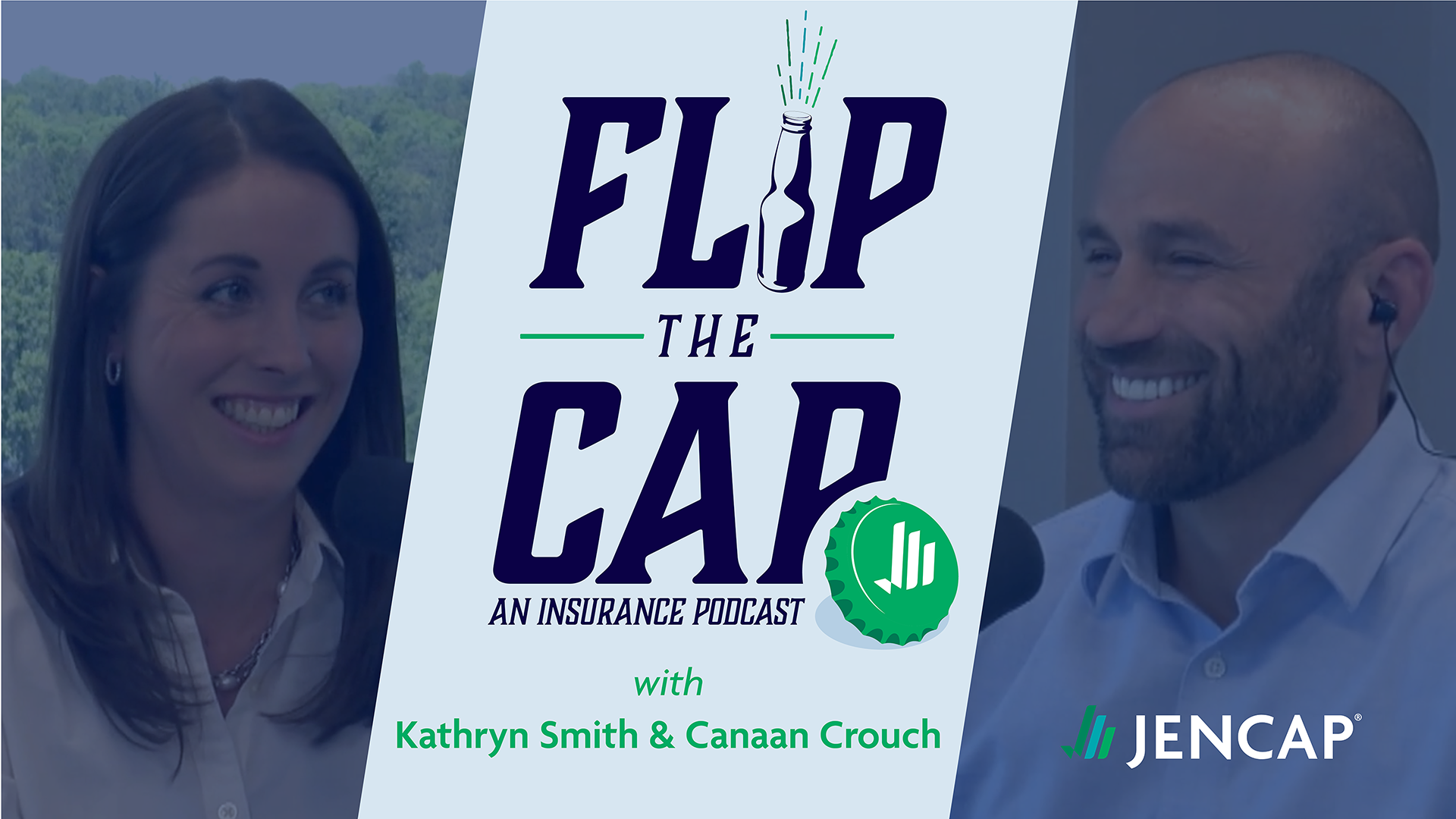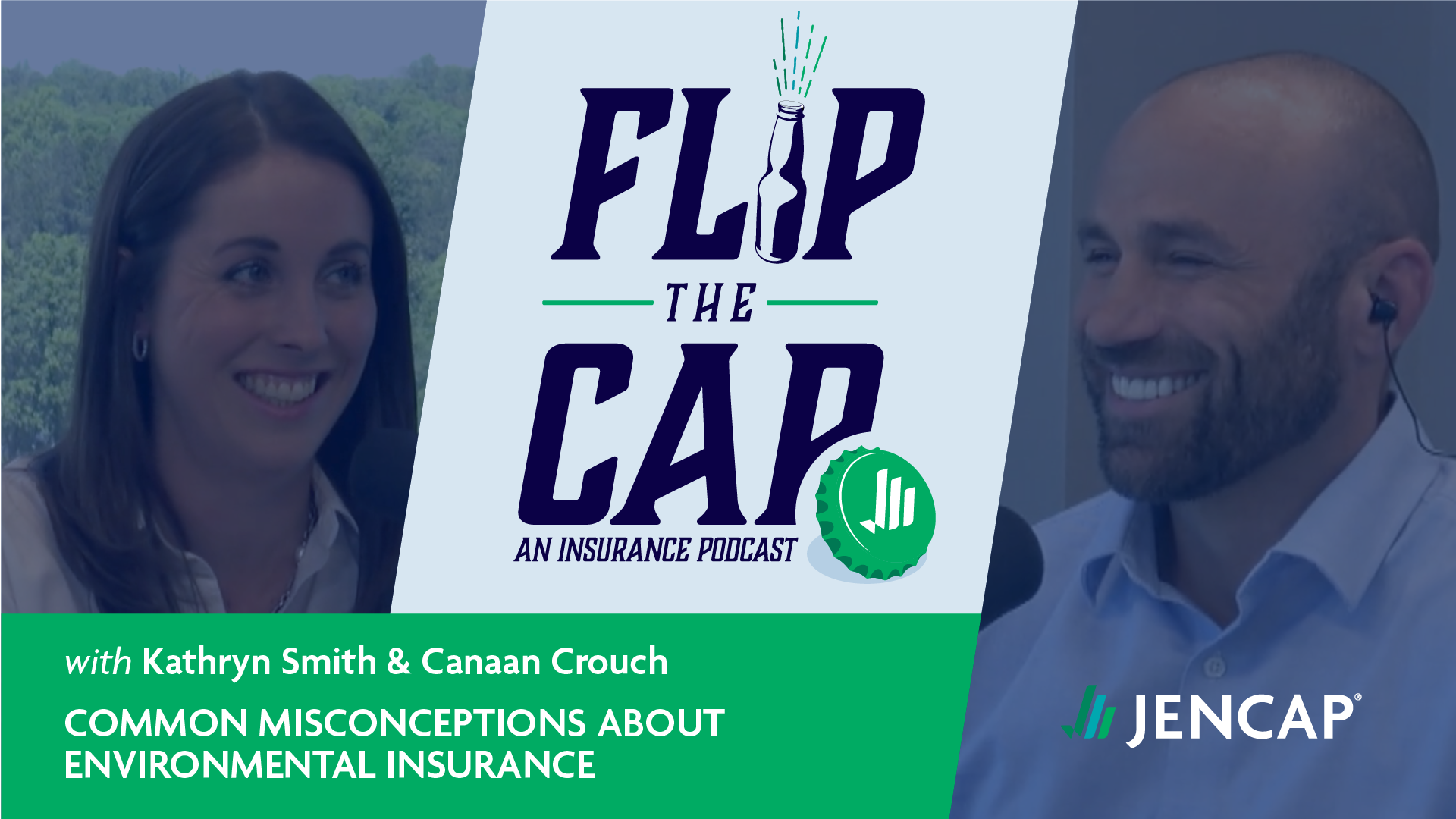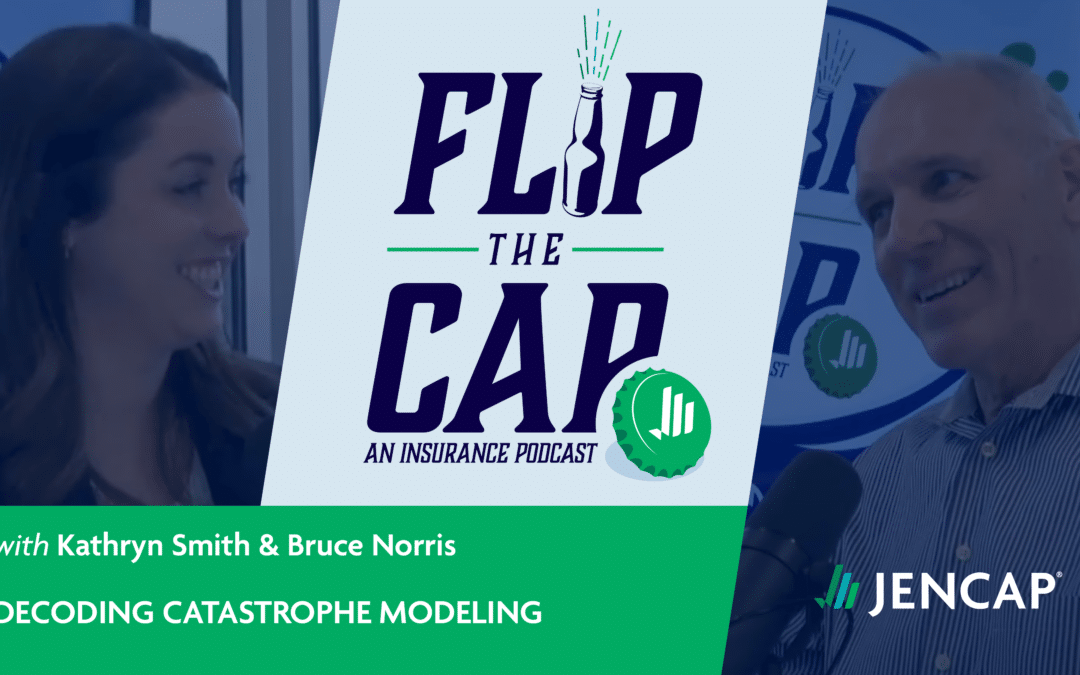When it comes to environmental insurance coverage, complexities and challenges abound. Risks evolve rapidly, and it can be tough to keep up with emerging trends, particularly if you aren’t working with environmental risks each and every day. Jencap has a team of environmental brokers and underwriters exclusively focused on the environmental insurance sector, and we’re pleased to extend that expertise to our retail agency partners.
Recently, Kathryn Smith, Managing Director of Marketing at Jencap, sat down with Canaan Crouch, Managing Director of Jencap, to discuss the ever-changing landscape of environmental insurance. Crouch, one of the insurance industry’s leading experts in environmental risks and insurance, gives the insider scoop on several environmental trends that are impacting the marketplace today.
Trends in Environmental Capacity and Rate Changes
Q: What are some of the trends you’re seeing in the environmental space as it relates to capacity, carrier changes, and the overall rate environment?
Canaan Crouch: There are a number of developing trends I think agents should keep an eye on: challenges securing New York Labor Law Coverage, friction with auto and excess auto, and a softening in the CPL E&O market.
New York Labor Law Coverage
First, we’re seeing a changing landscape of securing good New York labor law coverage. There’s always been a very small pool of carriers interested in offering that coverage, but recently that pool has reduced further. And we’re definitely seeing some hardening in that specific region. For example, there have been recent news releases that talk about the changing landscape of credit ratings for carriers that offer that coverage.
Carriers are also becoming a little more conservative about either the types of risks or the coverage that they’re extending in those jurisdictions. In some cases, carriers have a bucket to fill for New York labor law coverage, and once they’ve filled that bucket for the month, they’re not accepting additional risks in that market or within that time period. We’ve also seen some of the other carriers that are consistently offering coverage looking at some opportunistic pricing to try to gain rate. It’s a changing landscape and, frankly, I don’t think it’s going to get much better for New York environmental contractors.
Auto and Excess Auto
We’re also seeing continued strife and friction with auto and excess auto. The number of carriers that consistently offer auto coverage in support of the primary package are reducing. We are seeing a more conservative stance as far as deploying excess limits. Carriers are keeping limits short so that they’re not on the hook for large, severity-type claims specifically with accounts that have excess auto.
In other words, it’s a further tightening of the excess marketplace and supporting auto for environmental contractors nationwide. We are definitely seeing increased rates when it comes to excess, specifically when there’s excess auto.
Softening CPL E&O Market
The third environmental coverage trend we’re seeing is market softening when it comes to carriers offering CPL E&O coverage. We’re seeing new market entrants and certain carriers putting forth a little bit more effort in that product line with new policy forms. What that means to me is if carriers are coming out with new and improved policy forms, they see more of an opportunity there.
What we see are contract holders requiring E&O even for contractors. You would typically see E&O line of coverage required when there is a professional service provided, but we now see many owners of contacts requiring their contractors, general contractors, and trade subcontractors to include E&O in the insurance coverages they are offering. Therefore, we’ve seen some new market entrants and a little bit of softening in those lines of coverage.
California’s Solar Regulation Changes and its Impact on the Environmental Insurance Market
Q: Are there any other emerging trends impacting our agent’s ability to secure coverage on environmental lines?
Canaan Crouch: Yes, one geographic-specific trend that we’re seeing in California is with respect to solar installation contractors. Over the last couple of years, we’ve seen exponential growth in the number of solar installation contractors, specifically in the sunbelt. California is leading the way with year-over-year growth of solar contractors. Much of that has been driven by the NEM, or “Net Energy Metering.”
On April 15th, 2023, California rolled out NEM 3.0, a new iteration of their NEM incentive program. What this has done is reduce the compensation that homeowners would have received for selling their energy back to the grid by about 75%. If you have solar in your home in California, you can sell excess energy you aren’t using back to the grid. Essentially, your meter would run backwards and you would get a credit for the overage. With the new legislation in place, the credit homeowners receive is reduced by about 75%.
This credit reduction resulted in a decrease in demand for new solar installations in the latter part of 2023. Consumers are now speaking with their wallets, and as such there is not as much of a rush to put solar on roofs now that the subsidy has been affected. Through NEM 3.0, California was trying to influence more homeowners to have storage capacity for energy in their homes in battery packs. However, the unintended consequence has been a reduction in the revenues of existing solar contractors and a decrease in the overall number of contractors in California. One statistic I read recently is that California has seen a reduction of about 15,000 jobs related directly to solar.
Q: How do these changes in solar regulation affect our retail agents?
It affects their pocketbooks. Revenue is the proxy for exposure with that risk class for general liability, excess pollution, etc. As the revenues go down, we’re seeing premiums go down. As premiums go down, obviously, agents’ commissions also go down, because commission is tied to the threshold of the premium.
Q: What impact are these solar changes having on environmental carriers?
Canaan Crouch: Great question. What we’re seeing is with the reduction in demand for solar installs on homes in California, premiums are going down. Carriers now have less premium to pay for claims, specifically when you have latent construction defects.
What I can tell you, at least from our book of business, we continually see solar claims or claims from solar installation contractors drive frequency of loss. The more unit count you have in claims, the more likely it is that you’re going to have a severe claim. It’s of significant concern for carriers when you overlay the latent construction defect, or rather, claims that might occur from an incident or an installation that happened in the past on a covered installation contractor. Now, those claims are starting to show up and there is less premium to pay for those. So, it’s a concern for carriers on how they manage that book on a go-forward basis.
The Advantage of Working with Experts
Q: Any parting thoughts or perspectives you want to share with our retail agents?
Canaan Crouch: In light of the dramatic changes in capacity, rates, financial ratings of carriers, and several other changes in the environmental insurance industry, it’s essential to work with a specialized broker who understands all of the unique nuances and emerging risk exposures that exist. This is what our team at Jencap does every day for our retail partners.
Trust Your Clients’ Environmental Risks to Jencap
Jencap’s specialized environmental brokers play a pivotal role in helping retail agents navigate the complexities of environmental insurance and ensuring their clients have adequate protection for businesses. Contact our expert team today for more information or to get a quote.





























